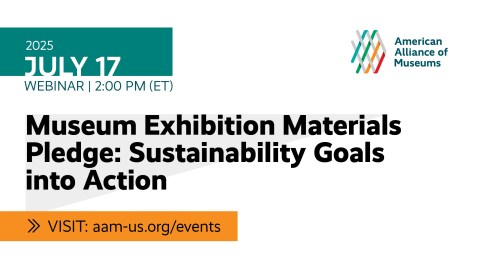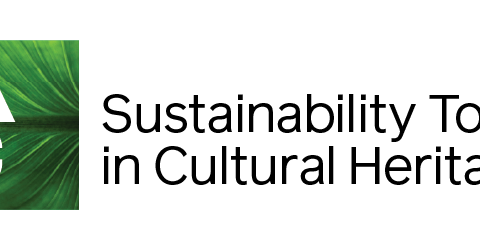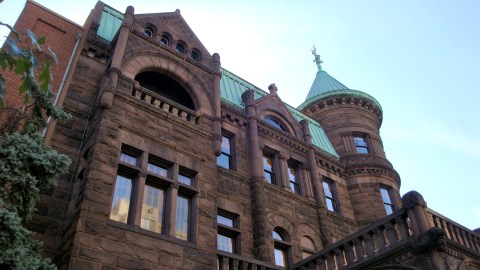I blogged last week about how futurists write stories of the future based on trends we can observe now. This helps people explore what their lives, and their organizations, might look like in these potential futures, which in turn helps them make decisions today.
Here is my second story of the future, exploring how current trends might shape museum design in the next quarter century. It is based on two trends: (the increasing desire of audiences to participate in the process of the museum, as well as using the content; and the increasing costs of caring for, shipping and insuring collections.) I’ve also thrown in one potential disruptive “Black Swan” event–the radical reinvention of the U.S. educational system.
The Norquest Museum is a medium-sized museum serving the burgeoning community of Oracle Junction, located on the colliding fronts of Phoenix and Tucson. The majority of residents in this relatively affluent exurb telecommute for all or part of their work-hours, many of them employed or self-employed in the fields of information technology, information management, animation or games design. Oracle Junction is a hotbed of the swelling national home-school movement, and many parents depend on the Norquest as an essential resource to support the curriculum they create using on-line and local resources. To help fill this role, the museum has an aggressive annual schedule of changing exhibits—4 exhibits in each of two changing galleries, in addition to small permanent exhibits on history, natural history, science and art.
The Norquest exhibit philosophy is based on three key principles:
- Perpetual Beta—all changing exhibits are works-in-progress for their entire three-to-four month run. The exhibits are prototyped in the museum’s on-line virtual world, where they are tested and critiqued by a cadre of home-school student volunteers (60% of whom are non-local, 15% of whom live outside the US.) Each exhibit is staffed by an exhibit specialist who serves as developer/interpreter/evaluator, changing label copy and tweaking exhibit components in response to visitor feedback right up until the closing date. Regular users of the museum expect and value this “work in progress” approach, and look forward to the launch of a new prototype online, as well as the opening of the actual exhibit, knowing their comments and reviews will help shape the exhibit.
- The Process is Also the Product–students from both home school programs and the small local conventional primary and secondary schools are actively recruited to serve on exhibit design and production teams. The applicant list for team assignments typically fills up with 24 hours of being posted. The exhibit production process provides students with experience in research, project management and fabrication. In addition, the museum offers an on-going home-school curriculum unit on museology. Three of the museums current four exhibit specialists are former student members of the museum’s design teams.
- Don’t Collect, Don’t Preserve–the museum has limited collections: just the material in its permanent galleries and several small, focused study collections for hands-on use by students. However, the changing exhibits are extremely wide-ranging, covering everything from vertebrate paleontology to Egyptology to Post-modern sculpture. This is accomplished by accessing the International Collections Scanning Registry to download specifications for the objects selected to populate an exhibit, which are then produced on-site using the museum’s 3-D printers. The high-quality artifacts produced by the most recent generation of such printers are essentially indistinguishable from the “real thing.”The closing party for each exhibit includes an auction at which these replicas are sold, with the proceeds going to the museum’s exhibit development fund.
The Norquest Museum is a good example of 21st century museum successfully adapting to rapid evolutionary change of the American educational system, the desire on the part of audience members to be involved in the process of creating displays (rather than passive consumers of content), and the increasing costs of caring for, shipping and insuring original material.
As I often point out (quoting William Gibson) the future is already here–it’s just unequally distributed.You probably can think museums that incorporate one or more of the Norquest’s principles into their operations–use the comment section of this post to share what you know!









This is fascinating… but why can't I find them on the Web? Is there a Norquest Museum website or public virtual world exhibit development environment?
What happens to enthusiastic docents after their museum goes broke?
Are there good options for teaching the public outside of the traditional museum structure?
Your thoughts?
Hmmm, I didn't add a founding date for the Norquist in this "story of the future." Let's say it starts up in 2020 (which will give it a nice 14 year track record in 2034)–look for its website to launch about then!